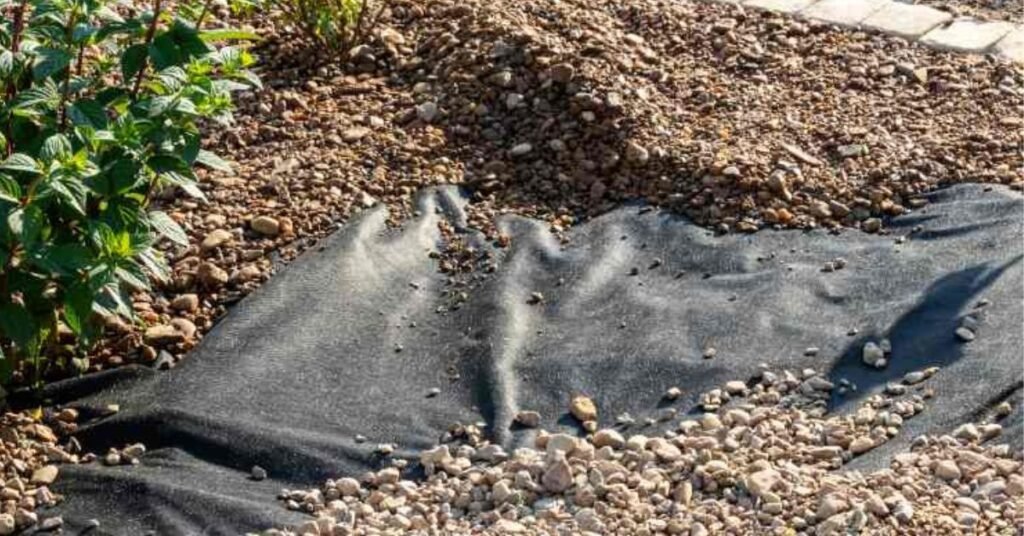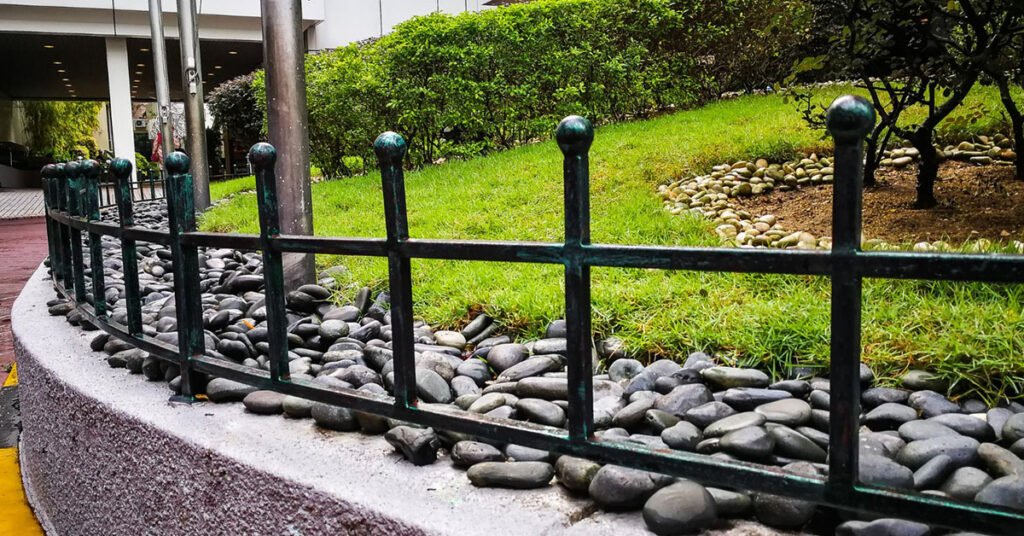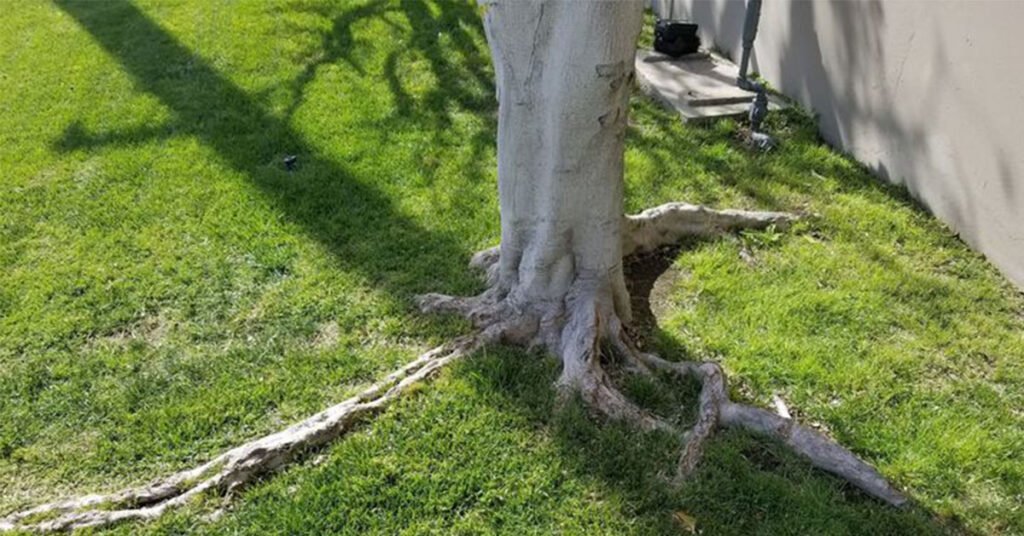Landscape fabric is a common tool used in the landscaping industry to prevent weed growth and help maintain clean and beautiful gardens. However, over time, you may find the need to remove it, whether to replace it, make changes to your landscape, or address other issues. This guide will provide a step-by-step approach to how to remove landscape fabric, perfect for those looking to start their career in landscaping.
Why Remove Landscape Fabric?
Before diving into the removal process, it’s important to understand why you might need to remove landscape fabric. Common reasons include:
- Degradation Over Time: Landscape fabric can deteriorate, especially when exposed to the elements for extended periods.
- Soil Health: Fabric can sometimes prevent proper soil aeration and water penetration, affecting plant health.
- Landscaping Changes: You might want to redesign your garden or landscape, necessitating the removal of the existing fabric.
- Weed Growth: Persistent weeds can grow through or around the fabric, reducing its effectiveness.
Tools and Materials Needed
Before starting, gather the following tools and materials:
- Gardening gloves
- Garden fork or spade
- Utility knife or scissors
- Wheelbarrow or garden cart
- Rake
- Mulch or topsoil (optional, for re-landscaping)
How to Remove Landscape Fabric
Removing landscape fabric can be a straightforward process if done correctly. Follow these steps to ensure a smooth and efficient removal:
Step 1: Clear the Area
Begin by removing any debris, plants, or mulch covering the landscape fabric. Use a garden fork or spade to lift and clear the top layer, making the fabric accessible. This step is crucial for exposing the fabric and making the removal process easier.
Step 2: Locate the Fabric Edges
Identify the edges of the landscape fabric. Typically, the fabric is installed beneath mulch or soil and secured with garden staples or pins. Wearing gardening gloves will protect your hands during this process.
Step 3: Remove Securing Staples
Using a garden fork or spade, carefully lift the edges of the fabric. You may find garden staples or pins holding the fabric in place. Use a utility knife or scissors to cut around these staples, or gently pull them out if they are easy to remove. Be cautious not to tear the fabric excessively, as this will make it harder to manage.
Step 4: Lift the Fabric
Once the edges are free, start lifting the landscape fabric. Depending on the size of the area and the condition of the fabric, this may be a simple task or require more effort. If the fabric is large or in poor condition, cut it into manageable sections with a utility knife or scissors for easier handling.
Step 5: Dispose of the Fabric
As you remove the fabric, roll it up and place it in a wheelbarrow or garden cart for disposal. Ensure you follow local waste management regulations for proper disposal. Some landscape fabrics can be recycled, while others may need to be thrown away.
Step 6: Inspect and Amend the Soil
With the fabric removed, take a moment to inspect the soil underneath. Look for signs of compaction, poor drainage, or persistent weeds that may need addressing. This is also a good opportunity to amend the soil with compost or other organic matter to improve its health and fertility.
Step 7: Re-landscape the Area
Decide on your next steps for the area. You can:
- Install new landscape fabric if you plan to continue using it.
- Add a fresh layer of mulch or topsoil to enhance the garden bed.
- Plant new vegetation or redesign the landscape according to your plans.
Tips for Efficient Landscape Fabric Removal
- Work in Sections: Divide larger areas into smaller sections to make the task more manageable.
- Stay Organized: Keep a wheelbarrow or garden cart nearby to collect the removed fabric and other debris.
- Use Proper Tools: Ensure you have all necessary tools on hand before starting the project to avoid delays.
Read More: Is Black Lava Rock Good for Landscaping?
Conclusion
Removing landscape fabric is a necessary skill for any aspiring landscaper. By following this step-by-step guide, you’ll be able to efficiently and effectively remove landscape fabric, prepare the area for new landscaping, and ensure a healthy and attractive garden space.
As you advance in your landscaping career, mastering these basic yet essential tasks will set the foundation for more complex projects and a successful business.



